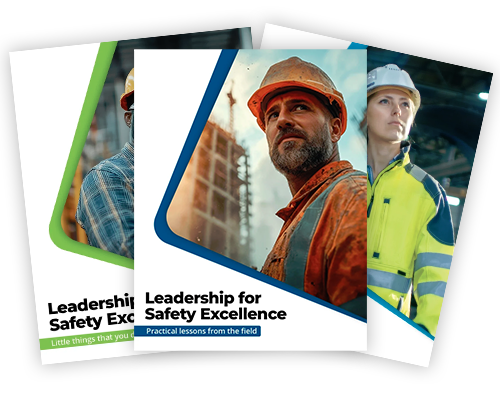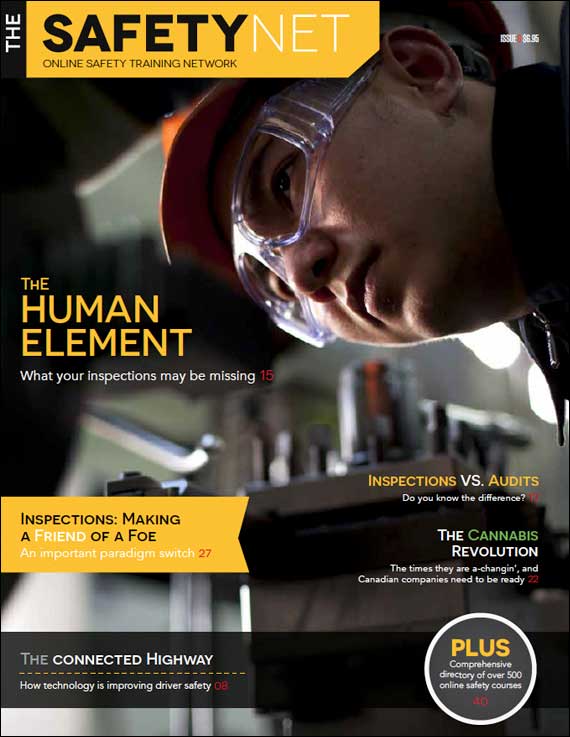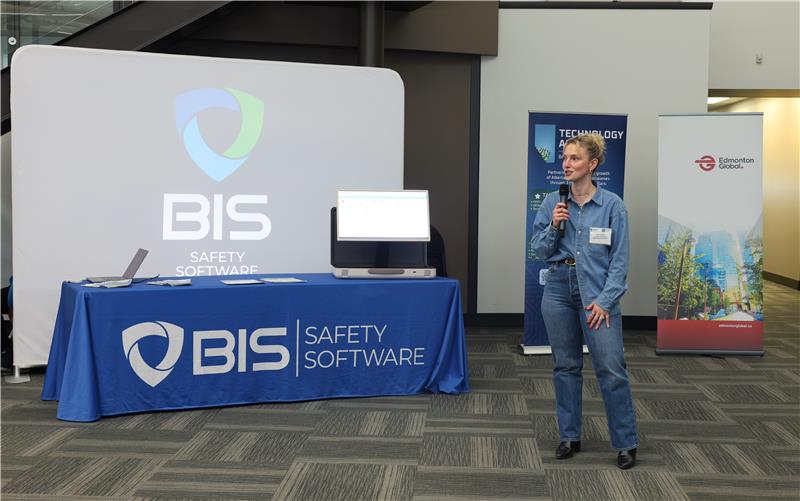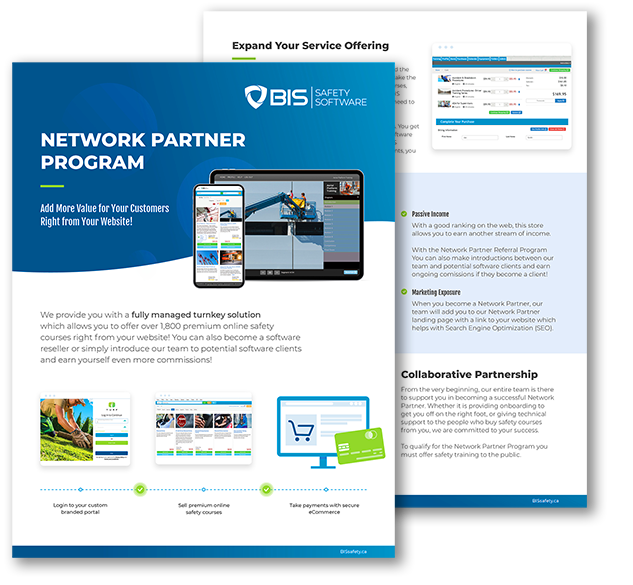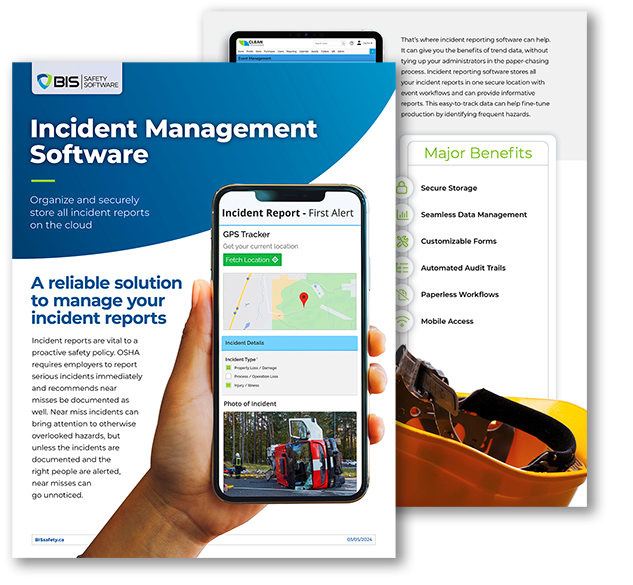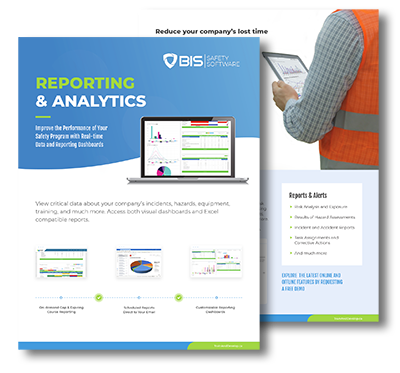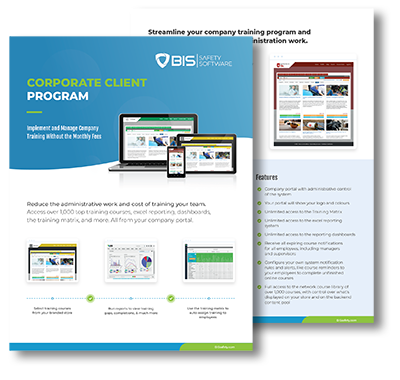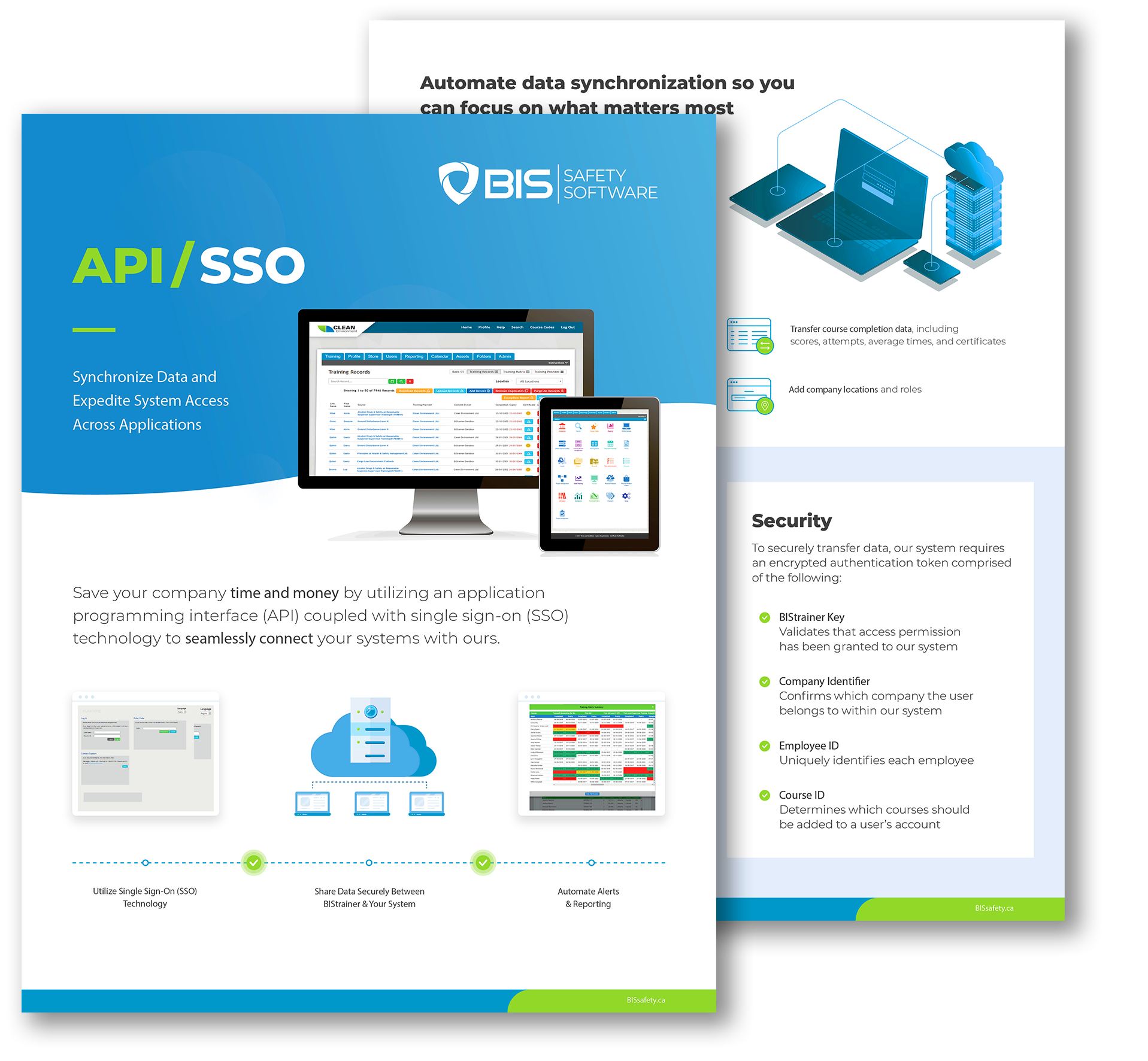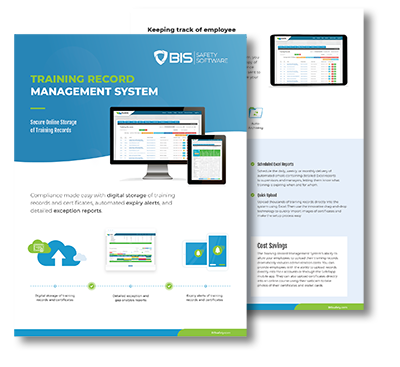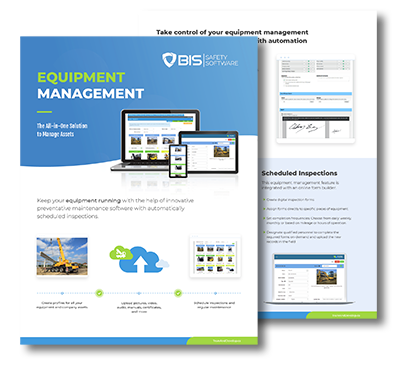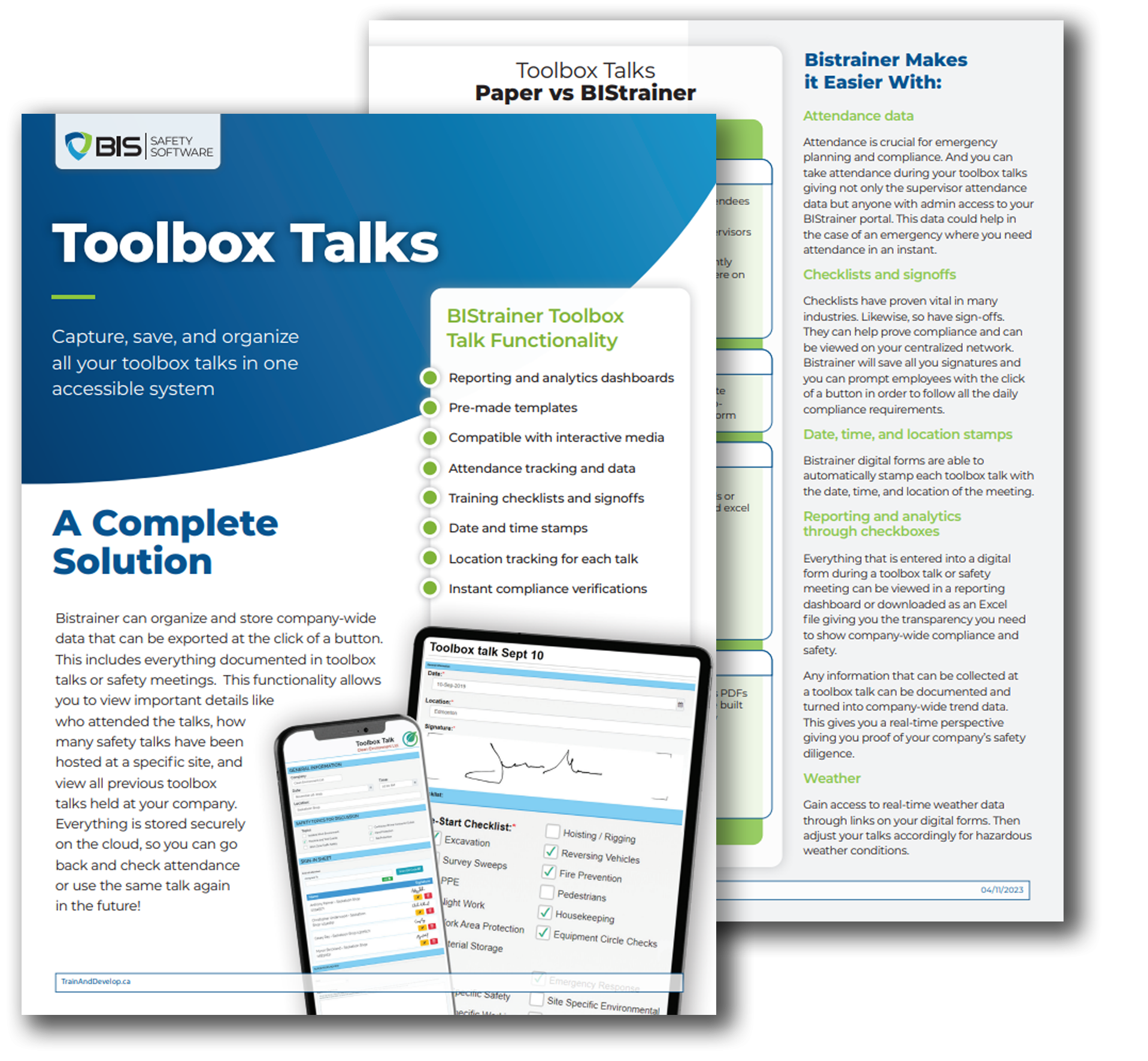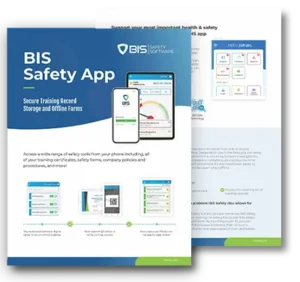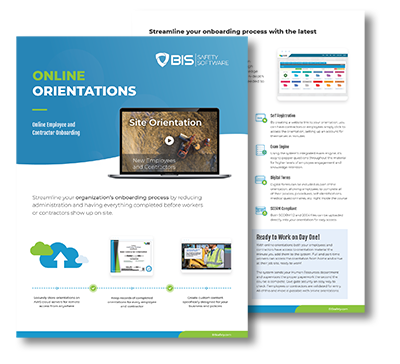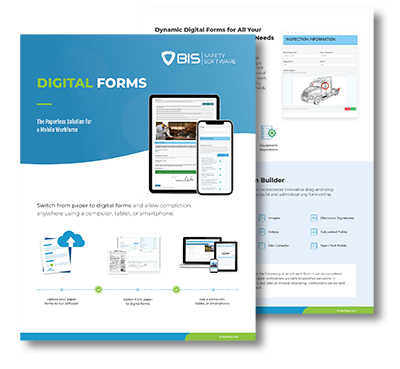Steve Nash, Safety Training, and the Case for Deliberate Practice

Get your team involved in Transportation Safety Week with these great ideas commercial driving companies have used increase awareness and safety!
What’s New in WHMIS 2025
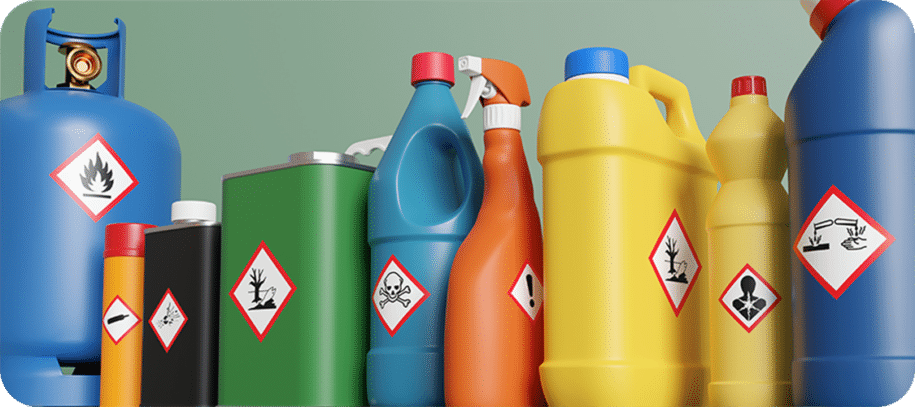
Home Blog What’s New in WHMIS 2025 Key Updates and How to Prepare for a Safer Year By RDadiz Facebook LinkedIn 2025 HPR Amendments Coming into Force WHIMIS 2025 looks a little different – what are the changes? You can read the full list, but the gist of it is the amendments keep our system aligned with the GHS and clarified points of confusion. Let’s take a closer look at some specifics: WHMIS is called WHMIS again. You don’t need to worry about the headache of having to use WHMIS 2015 in any year that isn’t 2015 for much longer. The new amendments are dropping the 2015, it’s cleaner. Going forward, you’ll hear these former versions of WHMIS referred to at the former HPR and the latest updates as the amended HPR. The name is expected to stay the same even when new amendments roll out. Changes to hazard classes and categories. The class Chemicals Under Pressure has been added to the HPA, and Flammable Aerosols is just called Aerosols (with an added category for non-flammable products). The class Pyrophoric Gases has been repealed and integrated as subcategories under Flammable Gases. Updated requirements for when suppliers become aware of significant new data. This update outlines stricter requirements for what a supplier must do when they become aware of significant new data (or information that changes the understanding of the risks) related to their products. While in the transition grace period to their new SDS/labels, suppliers are now required to prepare written documentation that outlines specific changes to the SDS or label as soon as they’re aware of the new information. Other general updates to classification and documentation. Several amendments have been made to update sections for clarity and accuracy in hazard communication. Again, you can find the full list of amendments here, as provided by Health Canada. But what does this mean? Depending on the work you do, some of these amendments will be more relevant to you than others. However, all workers, employers, and suppliers must be educated on these changes when working with hazardous products. For Employers As an employer, you have several responsibilities related to WHMIS. You must educate and train workers on how to work safely with hazardous materials and provide them with the tools and equipment to do so. The requirements for WHMIS training are set by each province or territory, so it’s important to check what’s required where you live. This could look like providing general education during on-boarding, showing workers the sites of chemical spill clean-up kits and eye wash stations, and demonstrating how to store products safely, among other things. You should also consult with your workplace’s health and safety committee or representative. It’s vital to make sure you’re doing everything to comply with the HPR and HPA. The penalties for non-compliance with WHMIS legislation are severe: Frist offences may result in a fine of up to $250,000 and/or 6 months in prison For second offences, the penalties may be a fine of up to $500,000 and/or 18 months in prison Indictable offences may come with even more severe consequences, including up to $5,000,000 in fines and/or 2 years in prison Enough to make you sweat? WHMIS shouldn’t be scary, really, it’s about clear and consistent communication. If there are lapses in hazard communication, it’s up to you to address the cause of the breakdown. For Workers For workers, it’s up to you to attend WHMIS training and follow the instructions you’ve received, which include wearing your PPE as required. Even after the amended HPR come into force, it’s important to remember WHMIS is ongoing. Taking a course once isn’t enough. Along with general education, you must receive job-specific training related to the products you work with, and training must also happen whenever there are changes to the materials or new conditions in a workplace. Refresher training should also happen on a regular basis to fight the forgetting curve. As you can see, it’s important to be educated on the WHMIS amendments, whether you’ve used WHMIS for years or you’re taking it for the first time. In either case, if you find yourself needing a refresher, consider the WHMIS 2025 course from BIS. Overall, the transition to the latest WHMIS updates won’t be as dramatic as the changes were in 2015. This time, most fundamental aspects, like the pictograms, labelling requirements, and information on the SDSs remain the same. However, some products may be reclassified or moved to a new category, and it’s your responsibility to make sure products have the correct labels and SDSs. With just under a year until the deadline to move to the amended HPR, it’s a good time to begin looking at the current WHMIS program in your workplace, no matter your role. How comfortable are you with your WHMIS knowledge? What other changes could help make WHMIS more effective in your workplace? Answering these questions can help you identify the next steps to take. Conclusion If you’re wondering how you can learn more, check out our new WHMIS course! This course reflects the amended HPR. Throughout the course there are self-assessment questions, review activities, and a final exam. Upon passing the final exam, users earn a certificate of completion. Follow us! Stay up-to-date with the latest spotlight articles, podcasts, the SafetyNET Magazine, or our book on Leadership for Safety Excellence. All updates will be shared on our social channels, click below to follow us. Facebook Linkedin Related Articles BIS Partners Blog Coming Soon Podcast Spotlight Article Faster Doesn’t Mean Riskier—If You Do It Right August 6, 2025/ Speeding up onboarding doesn’t have to mean compromising safety. With digital tools, automation, and smart content delivery, you can reduce… Read More FLHAs Don’t Work if They’re Just a Checkbox August 6, 2025/ To boost FLHA engagement, trade strict control for real influence. Empower crews, simplify the process, and make hazard assessments truly… Read More Company Culture Starts Before the First Shift August 6, 2025/ Onboarding is your
A Complete Guide to Complacency in the Workplace

Learn how to reduce workplace complacency with actionable tips and download our free guide for comprehensive strategies and insights.
Is It Cheaper to Get Safety Training Course Subscriptions in the Long Run?

Discover if safety training subscriptions save money long-term. Compare costs of accidents, industry turnover, and calculate expenses with our practical formula.
Transportation Safety Week!

Get your team involved in Transportation Safety Week with these great ideas commercial driving companies have used increase awareness and safety!
5 Ways to Reduce Costs While Improving Safety

Reducing EHS costs without compromising safety is not impossible, lets talk about all the ways leaders have increased safety economically.
Is it a Workplace Accident or Incident?

Home Blog Is it a Workplace Accident or Incident? By DanAdminCAD Facebook LinkedIn Understanding the difference between accidents and incidents at work can be tricky because the terms often mean the same thing. It’s important to know that both words refer to events that weren’t planned and could have hurt someone or damaged something. Is it a Workplace Incident or an Accident in Canada? The most common term for a workplace incident or accident in Canada is fast becoming incident. However, the approach to defining and handling workplace mishaps emphasizes a nuanced understanding of “incidents” and “accidents”. The key points are as follows: Incident Definition: In Canadian workplace safety language, an incident is broadly recognized as any event, condition, or situation that arises during work and has the potential to cause injuries, illnesses, damage to health, or even fatalities. Accident Definition: An accident, on the other hand, is specifically identified as an unplanned event that disrupts an ongoing activity. This disruption may result in injury or property damage, though not always. The term is reserved for cases where the unplanned event has direct, harmful outcomes. Distinction Between Incident and Accident: The Canadian perspective highlights a critical distinction between the two terms. An incident encompasses a broader range of possibilities, including near misses or dangerous occurrences that could have led to harm but didn’t. Accidents are a subset of incidents characterized by their actual impact, specifically, when injury or damage occurs. Near Miss: This term is particularly important in the Canadian context. It refers to situations where an incident could have resulted in harm but, fortunately, did not. Recognizing and reporting near misses are crucial for preventing future accidents. Focus on Potential: By differentiating between incidents and accidents, the Canadian approach places a strong emphasis on the potential for harm. This perspective encourages proactive measures to prevent incidents from escalating into accidents. The Canadian definitions and distinctions aim to foster a culture of safety and prevention in the workplace. By understanding and acting upon the nuances between incidents and accidents, workplaces can better anticipate risks and implement effective measures to protect workers. Is it a Workplace Incident or an Accident in Europe or the United States? USA In the United States, “incident” is usually the preferred term for workplace mishaps to avoid confusion with car accidents. Plus, using “incident” instead of “accident” suggests that the event could be prevented in the future, rather than being seen as just bad luck. Europe In Europe, they make a clear distinction: – An incident is when something bad could have happened but didn’t necessarily cause harm. – An accident is when something bad happens and someone gets hurt. Reporting Workplace Incidents in Canada: Reporting workplace incidents in Canada is a crucial part of managing occupational health and safety. It involves a systematic process designed to capture details of incidents to prevent future occurrences. Here’s a detailed look into how incidents are reported in Canada, focusing on the key aspects of this process: Immediate Reporting: When an incident occurs, it must be reported immediately to a supervisor or a designated health and safety representative. This prompt reporting ensures that necessary actions can be taken to address any immediate hazards or injuries. Documentation: Every incident, regardless of its severity, should be documented thoroughly. This documentation often includes a formal incident report form that captures a variety of details about the event. Details to Include in Incident Reports: Date and Time of the Incident: When the incident occurred. Location: The specific place where the incident happened. Description of the Incident: A detailed account of what happened, including events leading up to the incident. Injuries or Damages: Information on any injuries, illnesses, or property damage that resulted from the incident. Witnesses: Names and accounts of individuals who witnessed the incident or have relevant information. Immediate Actions Taken: Any first aid, evacuation, or other immediate measures taken following the incident. Steps to Take During and After Workplace Incident Reporting Investigation: A thorough investigation is often required, especially for incidents that resulted in injury or had the potential for significant harm. The goal is to identify the root causes of the incident, such as unsafe conditions, practices, or other risk factors. Corrective Actions: Based on the investigation’s findings, corrective actions should be developed and implemented to prevent similar incidents in the future. This could involve changes to policies, procedures, training, or physical changes in the workplace. Follow-Up: It’s important to follow up on the incident to ensure that corrective actions are effective and that compliance with safety standards is maintained. Regulatory Reporting: Certain types of incidents, especially those involving serious injuries, fatalities, or significant hazards, must also be reported to regulatory bodies. In Canada, this would typically be the provincial or territorial occupational health and safety authority. The specifics of what needs to be reported and the deadlines for doing so vary by jurisdiction. Confidentiality and Non-Retaliation: The reporting process should protect the confidentiality of those involved and ensure that employees feel safe to report incidents without fear of retaliation. The structured approach to reporting and investigating incidents in Canada underscores the country’s commitment to workplace safety and health. By learning from incidents and implementing preventive measures, workplaces can create safer environments for all employees. Software for Incident Reporting Environmental, Health, and Safety (EHS) software plays a crucial role in managing workplace incidents, ensuring compliance with regulations, and keeping organizational safety protocols organized. By leveraging EHS software, companies can significantly improve their approach to safety management through streamlined processes and enhanced data analysis. Here’s how EHS software facilitates workplace incident reporting and helps maintain compliance and organization: Automated Incident Reporting: EHS software equipt with an Incident Reporting Feature allows for the quick and efficient logging of incidents as soon as they occur. This immediate documentation helps ensure that no detail is overlooked. Workers can report incidents directly into the system, including details such as time, location, and nature of the incident, ensuring a timely and accurate



